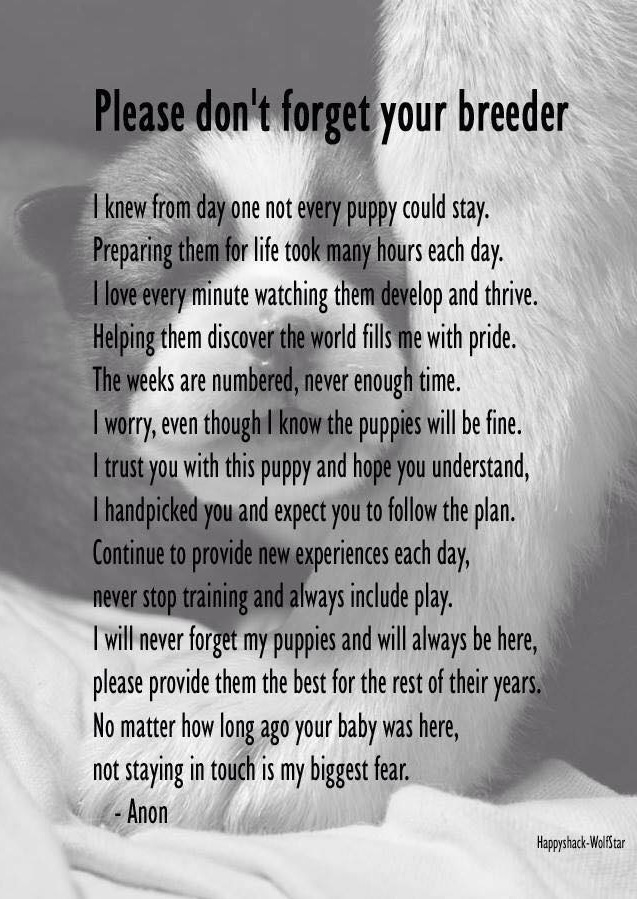
Each breed of dog was developed for a specific purpose. In this case, that
of Spaniels, the purpose is to hunt. A Spaniel’s job on the hunt is to run
out ahead and to the sides of the hunter, within gunrange (10 to 30 yards,
depending on cover), locate game (primarily by scent) and force it from
cover so as to expose it to the gun. The hunter then shoots the game, and
the Spaniel locates it and brings it back to the hunter.
There was once a time when animals were rarely kept if they did not perform
their bred-for task or purpose, be it wool production, milk production,
eggs, meat, draft work, riding, herding, whatever. No one had any use for
“pets” except the very wealthy. The breeding for improved domestic
animals for various purposes has always been a somewhat competitive task.
Breeders strived to breed the best animals they could. Formal and informal
exhibitions and competitions were held to compare the success of one breeder
over another. In the case of dogs, formal field and conformation competitions
of hunting dogs became “officially” established around the end
of the 1800’s. For the majority of breeds in these early years, show dogs
and utility dogs were one and the same. But as dog shows and trials became
more popular and some breeders chose to participate in one kind of competition
over another, these breeds started to see a separation in their appearance
and abilities between “show” and “field” dogs. (See
Why Breed to a Standard)
Both shows and trials are expensive and time consuming pursuits, making
it difficult and largely unaffordable to produce for and compete in both
arenas. Concentration on just conformation has made show dogs’ conformation
more uniform and, for the most part,closer to the standard…. often to
the point of exaggeration of the standard…. and heightened hunting ability
was no longer selected for and therefore the dogs were no longer competitive
in field trials. Trial breeders, for the most part, tend to ignore their
breeds’ standard, breeding only for dogs that showed high levels of ability,
drive and style. Consequently, while superior workers, they lack uniformity
and sometimes are even unrecognizeable as representatives of their breed,
making them no longer competitive for the ring.
Less common breeds for which no field trials are held and from which both
show and hunting companions come from the same litters as they did a hundred
and more years ago can perhaps be said to have remained “dual purpose
dogs”.
The “dual purpose dog” is, very simply, a dog that is both conformationally
correct enough to compete well in the ring as well as do a laudable job
as a companion on the hunt. The ideal dual purpose dog is both competitive
enough to earn a bench championship as well as prove their competence afield
by completing advanced test titles and/or earn field trial championships.
A dog with a Bench Championship AND a Field Trial Championship will bear
before his name the prestigious prefix of DC —Dual Champion. A Dual Champion
could perhaps be considered the closest to perfect any purebred dog can
be for they have proven their excellence in both arenas.



